Since you might not be getting much further than your garden this spring why not make it a little more interesting by encouraging some little visitors? This half-term is a great time to get prepared for the burst of life that is the spring. Not only does this make your garden a more interesting place to be and give your child a fun activity that could inspire a lifelong love of wildlife it’s also great for your local wildlife to have a nice place to hang out. You could even make it a long-term project for your little scientists. Get them to keep a record of what wildlife they see in your garden throughout the coming months.
Here we’ve listed some ideas for encouraging your local animal friends, from the two legged to the many legged, to come and share your garden with you. All it comes down to is making sure your garden has the things that are essential for life: water, food and shelter.
Give them some water
Since most animals need a drink water is a great way to encourage them into your garden. You don’t need an elaborate water feature with pumps and waterfalls. Even a shallow dish of water in an out of the way spot will make a difference. A really easy way of adding a miniature pond to your garden is to dig up a space big enough to put a washing up basin into it. Put in lots of rocks of different sizes and fill it with water. The rocks are important because you don’t want animals to fall in and get stuck. Give them a way of climbing out, a sloping side is the best way to do this. Amphibians like newts and frogs actually like quite shallow water. You can even buy small plastic ponds online for less than £30.
This is a great way to attract common frogs and newts which are often seen from March up to the winter. But, birds and mammals will also want to come for a drink.
Common frogs (Rana temporaria) are the most commonly seen of the UK’s 7 species of amphibian. They have smooth skin which is usually olive green or brown but can be red or yellow.
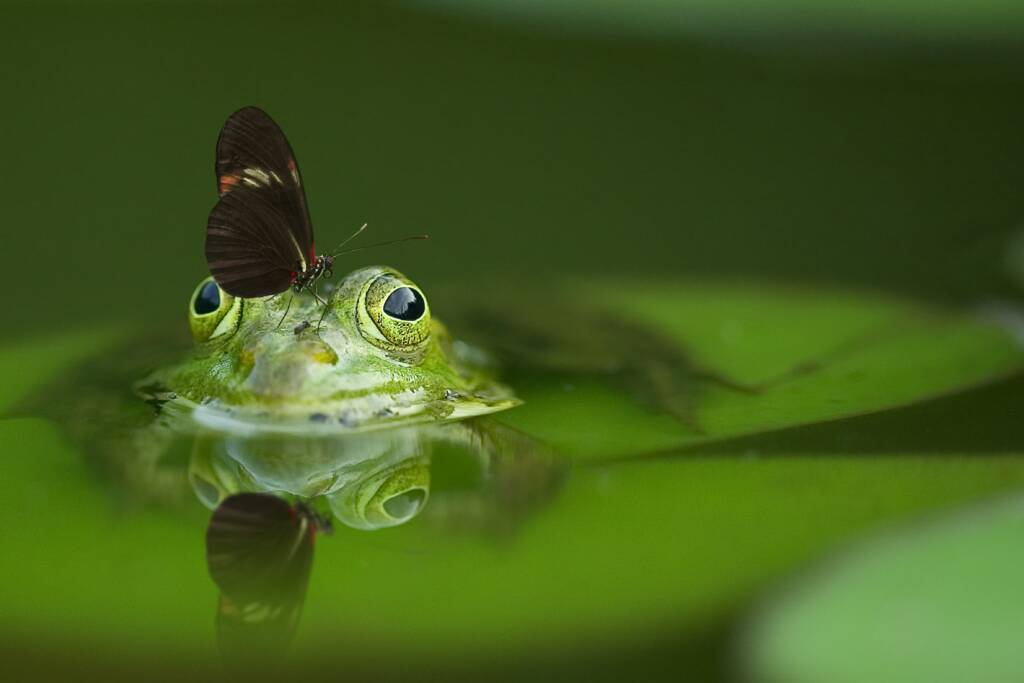
Give them some food
It’s best to offer a mix of food. Peanuts, seeds, fat balls and berries will attract birds and squirrels. You can put them in a bird feeder, or hang them from a fence or even just in a dish on a table. A bowl of cat food is meant to be great for hedgehogs, and probably also cats.
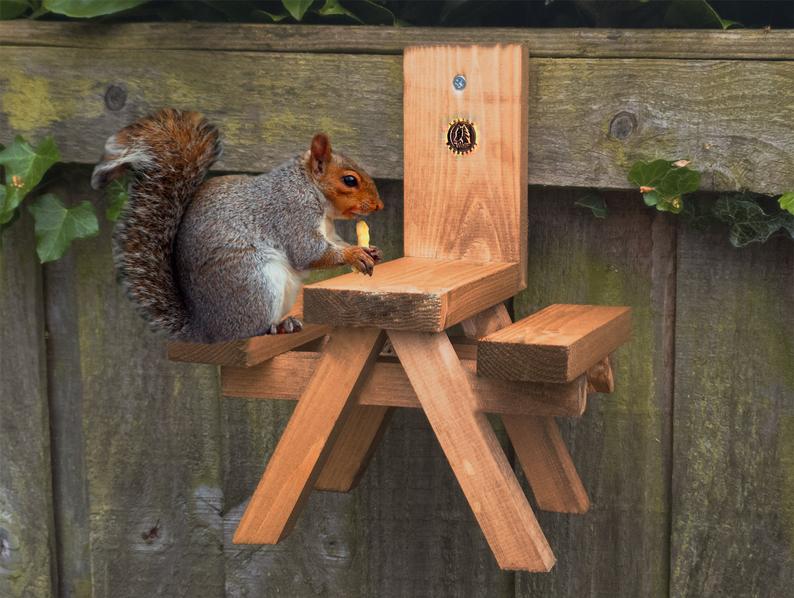
But the food in your garden shouldn’t just be food you’ve bought and put out. The plants you grow and the animals you attract to your garden will be food as well. A garden that is a good home to insects will also be a good home to slow worms, hedgehogs, frogs and birds that eat them.
There are 17 species of hedgehog in the world, but just one in the UK. They are known as gardeners friends as they love to eat snails, slugs and caterpillars. Slug pellets are really bad for hedgehogs, please don’t use them, let the hedgehogs do the work.
Leave some mess
Save yourself the hassle of tidying up your garden after the winter and tell yourself you’re doing it for the animals. OK, you might not want to leave your garden a total mess but a little pile of leaves, a log, a small pile of rocks or a broken flower pot could be a welcome home for some little critters.
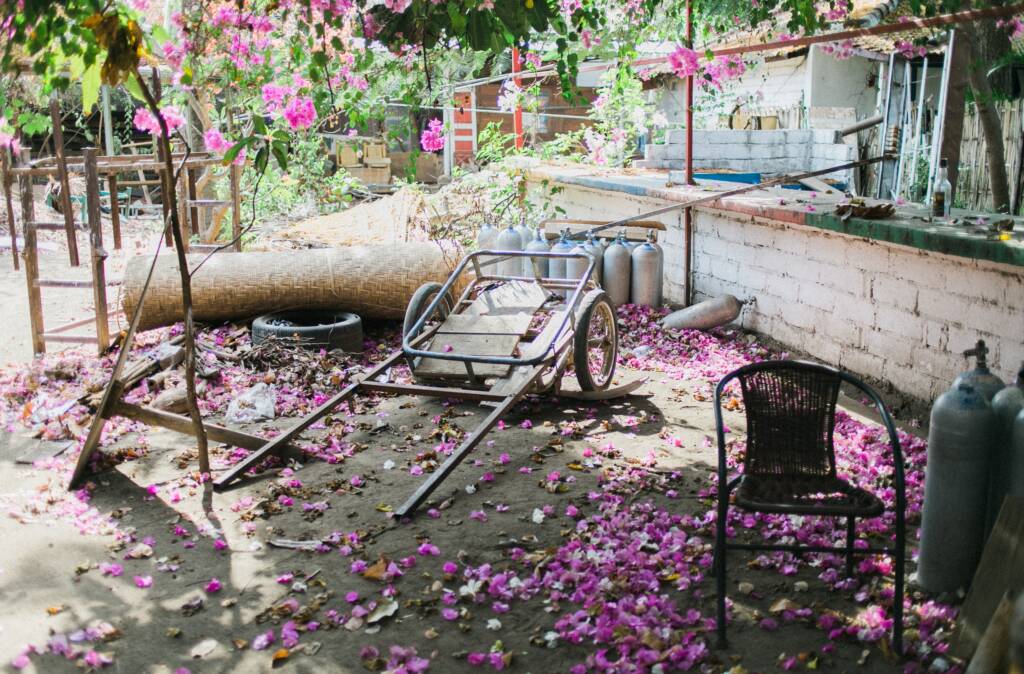
Centipedes and millipedes are a little misnamed – they don’t actually have 100 or 1000 legs. The actual difference between them is that millipedes have two pairs of legs per segment, their legs go down from their body and they are herbivores. Centipedes have just one pair of legs per segment which go out sideways from the body and they are fast predators.
Sow some wildflower seed – or just don’t mow a bit of lawn
You could sow some wildflower seeds, early spring is a good time of year for this and in a few weeks you’ll have an array of flowers attracting pollinating insects, everything that eats pollinating insects and could even provide shelter for small mammals like voles and shrews. Plus a wildflower meadow looks much nicer and is easier to maintain than a lawn.
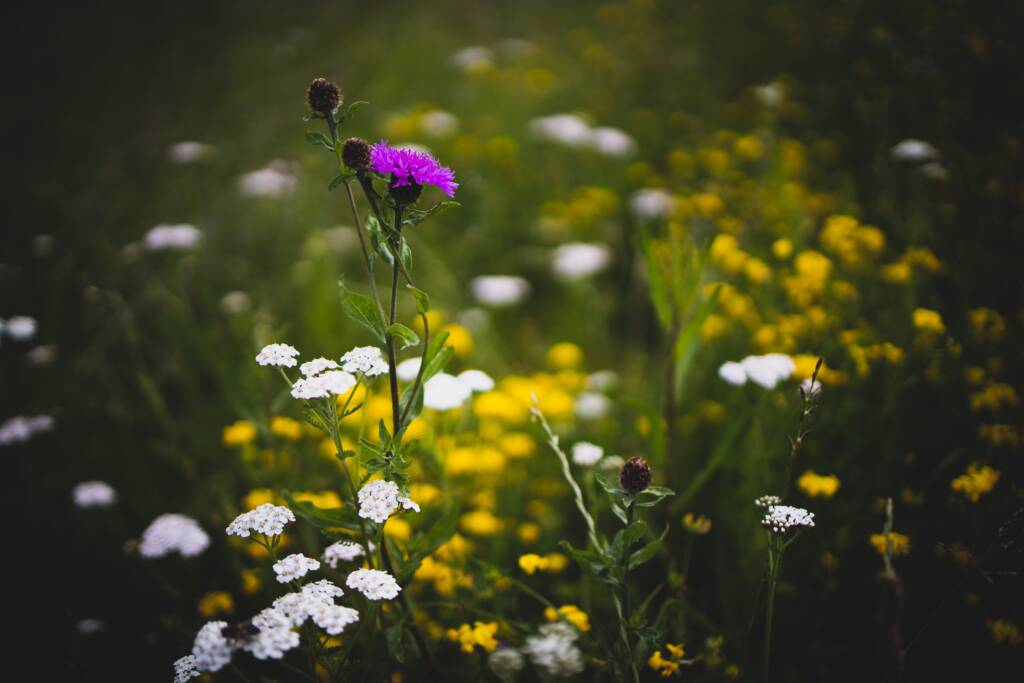
Or, for a really easy alternative just to leave a patch of your lawn unmowed so it grows long and flowers. It won’t look as nice as a mix of wildflowers but it’s just as good for many of your little visitors. This is great for attracting grasshoppers and crickets.
The UK is home to 11 species of grasshopper and 23 species of cricket. Crickets have long antennae and sing (stridulate) by rubbing their wings together. Grasshoppers have short antennae and “sing” by rubbing their legs together.
Start a mini-beast hotel
This is a great half-term craft activity that also gives the kids an ongoing project to check on. You might be thinking why would you want to encourage lots of insects to take up home in your garden. But don’t fear our many legged friends; they are as interesting and as fun to discover and watch as their furry and feathered cousins.
A mini-beast hotel is simply a box full of different materials that provides lots of spaces of different shapes, sizes and textures for insects and other small animals to make a home in. You can buy ready made ones costing anything from £6 to £600 or you can have fun and make your own. Send us your photos, we’d love to see something making a home from one of your old Letterbox Lab boxes. Mini beast hotels can range from huge sizes made of several pallets stacked on top of each other to a small box. All you need to do is stuff them with cardboard, twigs, bamboo, pebbles, tiles, logs etc.
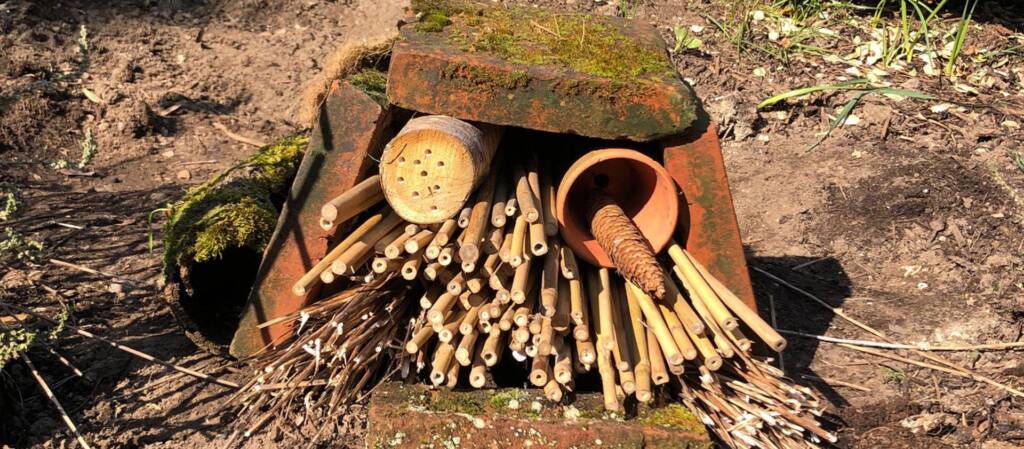
I haven’t got around to doing this myself yet, but I’m moving house in a few months and can’t wait to set up a mini-beast hotel. I’ll update the blog when I do.
RSPB has a nice article here about building a bug hotel https://www.rspb.org.uk/get-involved/activities/give-nature-a-home-in-your-garden/garden-activities/build-a-bug-hotel/
There are over 4000 species of beetle that live in the UK from the huge stag beetle to the jewel-like rose chafer.
A note about slow worms
Slow worms are not worms, they’re not snakes and they’re not slow either. They are legless lizards. Unfortunately people often mistake them for snakes and fearing they could be dangerous they panic and harm them. These small and harmless animals are endangered, please don’t be afraid of them, if you are lucky enough to see one just stand back and watch it slither away.
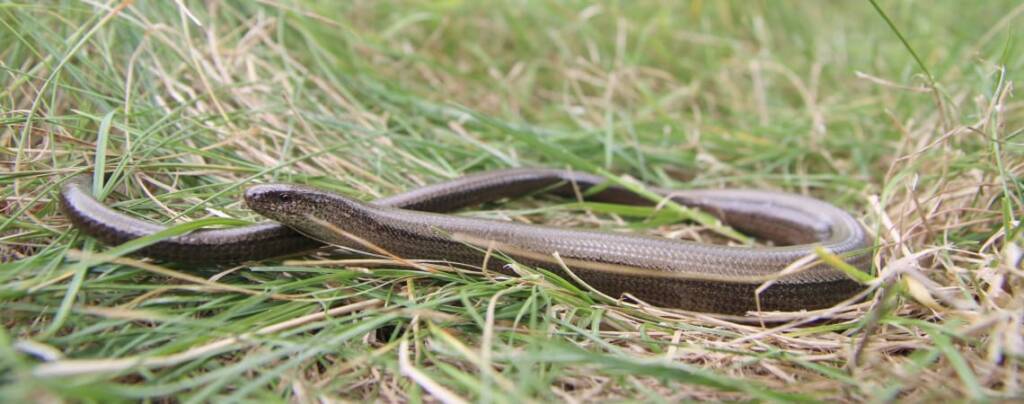
Happy spotting.

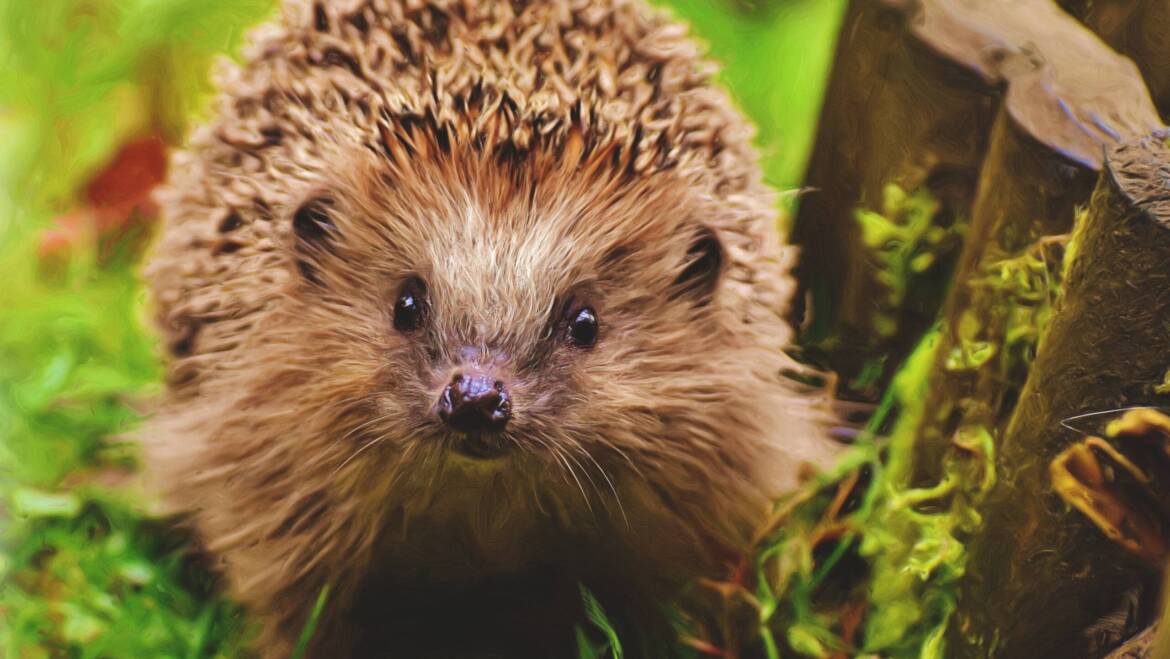


Add Comment